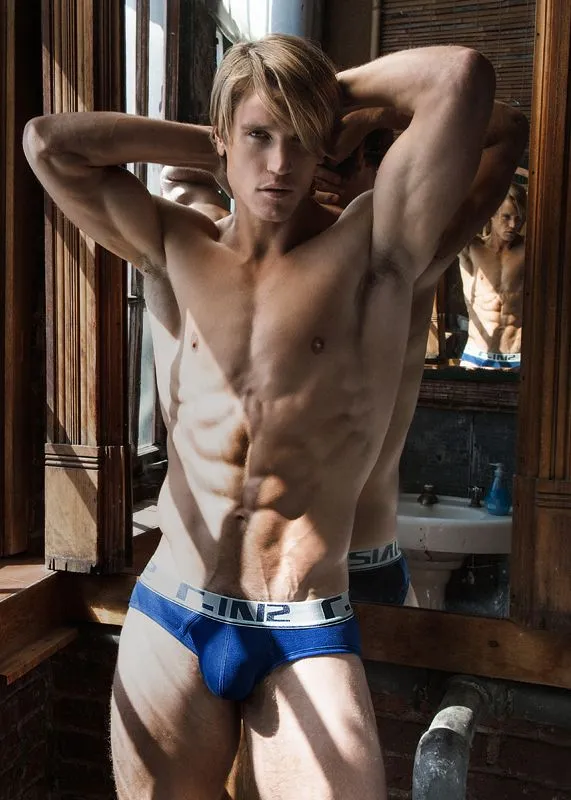**Unveiling the Steamy Odyssey: The Male Phallus, a Growing Mystery**
Prepare for a raw and visceral exploration of the captivating world of male anatomy, specifically the awe-inspiring shaft. This journey is not for the faint-hearted, but for those eager to delve into the throbbing depths of desire and self-discovery. The length of a man’s manhood has long been a subject shrouded in tantalizing mystery and explicit curiosity. From the bulging words that describe its power to the graphic imagery it conjures, we embark on an adventure to uncover the sexual evolution of this captivating organ.
In this titillating article, we unapologetically step into the arena where size matters and the quest for a more substantial erection dominates the male psyche. The narrative is both an explicit celebration and a provocative study of the male shaft, where words and desires intertwine, leaving no inch untouched. Get ready to embrace a narrative that is as hard-hitting as it is revealing, stimulating the mind and appealing to those who understand the profound impact of a well-endowed paragraph.
As we penetrate the layers of this subject, the allure of the male shaft will be exposed, word by word, revealing a raw and uncensored tale of length, girth, and unyielding curiosity. Let the arousing journey commence, promising an arousing voyage for those eager to embrace the explicit nature of this topic.
## The Historical Perspective
Throughout history, the male shaft, a seemingly straightforward anatomic structure, has sparked curiosity and fascination, prompting explorations into its cultural significance and physical variations.
In ancient times, the Greek philosopher and physician Hippocrates speculated that the penis was a muscle that could be strengthened through exercise, a notion that modern science would later challenge. The ancient Greeks also considered the phallus a symbol of power and fertility, adorning their homes and temples with sculptures depicting its mighty presence. The Romans, too, regarded it as a symbol of virility, with various phallic symbols adorning their architecture.
- Middle Ages: During the medieval era, the male organ was often depicted in art as a more subtle, hidden element, reflecting the religious values and modest ideals of the time.
- Renaissance Period: This era brought a renewed interest in classical art, leading to more explicit artistic representations, including those showcasing the anatomical features of the male shaft.

## Cultural Beliefs and Practices
Throughout history, cultural perceptions of the male shaft have been shrouded in mystery and often intertwined with sacred rituals, superstitions, and beliefs. Across various civilizations, the phallus was considered a symbol of power, fertility, and virility, leading to its extensive representation in art and religious artifacts. For example:
- In ancient Greece, the god Priapus, depicted with an exaggerated phallus, embodied prosperity and protection.
- The Hindu deity Shiva’s phallic representation, the lingam, symbolizes divine energy and creation.
- Ancient Romans celebrated the Lupercalia festival, where priests would sacrifice a goat and dogs, then use strips of the sacrifice’s skin to gently slap women for fertility.
These cultural beliefs further extended into various practices, including:
| Sacred Bathing | Ritualistic bathing in the Ganges for purification and fertility blessings. |
| Amulets & Charms | Wearing phallus-shaped talismans as good luck charms. |
| Tribal Initiation Rites | Rituals for young males transitioning into adulthood, emphasizing courage and masculinity. |

## Decoding Symbolism and Artifacts
The interpretation of ancient symbolism often involves deciphering cryptic messages from our ancestors, particularly when it comes to the exploration of male iconology. Certain graphical representations are deeply rooted in cultural traditions, many of which remain shrouded in mystery.
- Ceremonial Presence: A recurring image is a **ceremonial staff**, held aloft in various rituals. These staffs often display intricate carvings, each notch and curve speaking to a specific aspect of identity.
- Tools and Implements: Ancient artifacts further provide insight. Stone phalli have been uncovered at archaeological sites, suggesting a primitive connection between male fertility and the earth’s bounty.
The evident symbolism in these findings serves as a captivating narrative, unraveling the myriad ways in which ancient societies perceived masculinity.

## Shaping Body Image and Masculinity
The male shaft has become an iconic symbol of masculinity and virility, often associated with power and strength. Throughout history, the perception and ideals surrounding this anatomical feature have evolved, reflecting societal norms and cultural influences. From ancient civilizations to modern-day trends, the journey of the male shaft’s image is a captivating tale of transformation.
Here’s a glimpse into this enigmatic evolution:
- Ancient Worship: In ancient Egypt, the shaft was revered and worshipped, depicted in artworks as a symbol of fertility and divine power. Phallic amulets were common, symbolizing protection and abundance.
- Greek Ideals: Ancient Greece embraced the ideal of a balanced body, emphasizing aesthetics. The shaft’s portrayal in Greek art was often realistic, a natural extension of the male form.
- Medieval Modesty: The Middle Ages brought modesty and a shift in focus. Male nudity became less prevalent, and the shaft was concealed, reflecting a more reserved and chivalrous ideal of masculinity.
- Victorian Era Conundrum: Victorian society had conflicting views. While public modesty was the norm, male intimacy and the ‘private’ life gained new attention, sparking secret fascinations and a hidden appreciation for the phallus.
The evolution continues, with modern media and societal changes shaping the perception and acceptance of the male body and its most iconic feature, each era leaving a unique imprint on this curious journey.
Wrapping Up
As we conclude this exploration of the male shaft’s evolutionary tale, one is left with a sense of wonder and mystery. Its transformation and adaptations over time have been an enigma that continues to captivate both scientific minds and curious enthusiasts. From its humble and discreet origins to the spotlight of attention it often receives today, the male shaft’s evolution is a narrative filled with surprises.
The journey through history reveals that this particular aspect of biology has been influenced by a myriad of factors, resulting in a design far more complex than initially meets the eye. Cultural shifts, natural selection, and the intricacies of attraction have all conspired to shape its progression. With each era, the male shaft’s story takes an unexpected twist, challenging our understanding of nature’s design.
This expedition into the past sheds light on how a singular biological feature can undergo such remarkable changes, leaving us curious as to what further secrets remain hidden within the annals of evolutionary biology. The evolution of the male shaft remains an intriguing enigma, prompting ongoing questions and discussions that continue to fuel scientific curiosity. Thus, the story of this fascinating anatomical component is forever intertwined with the mysteries of time and nature’s boundless creativity.


